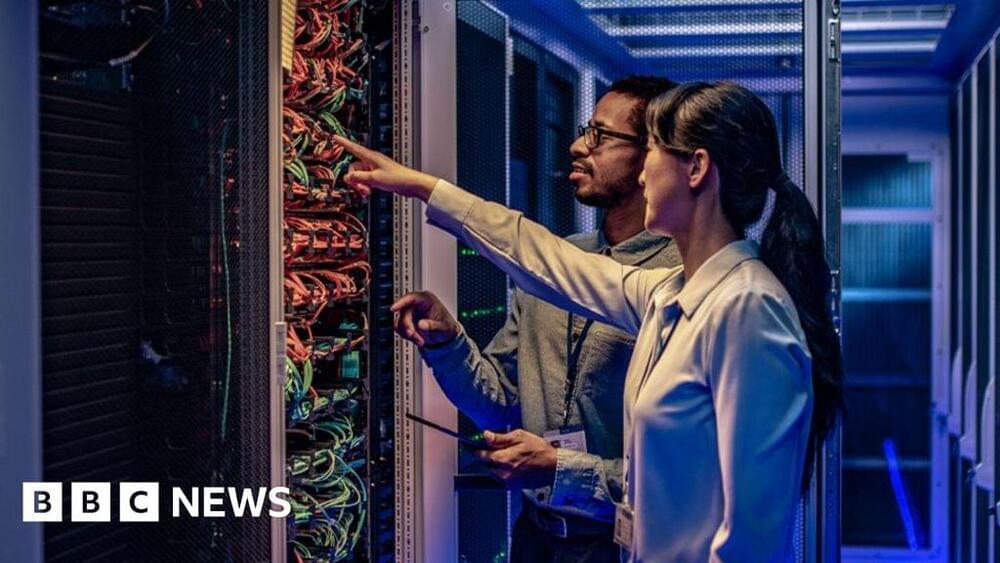16 dic 2020.
The far-off tech is a peek into our possible cyberpunk future.
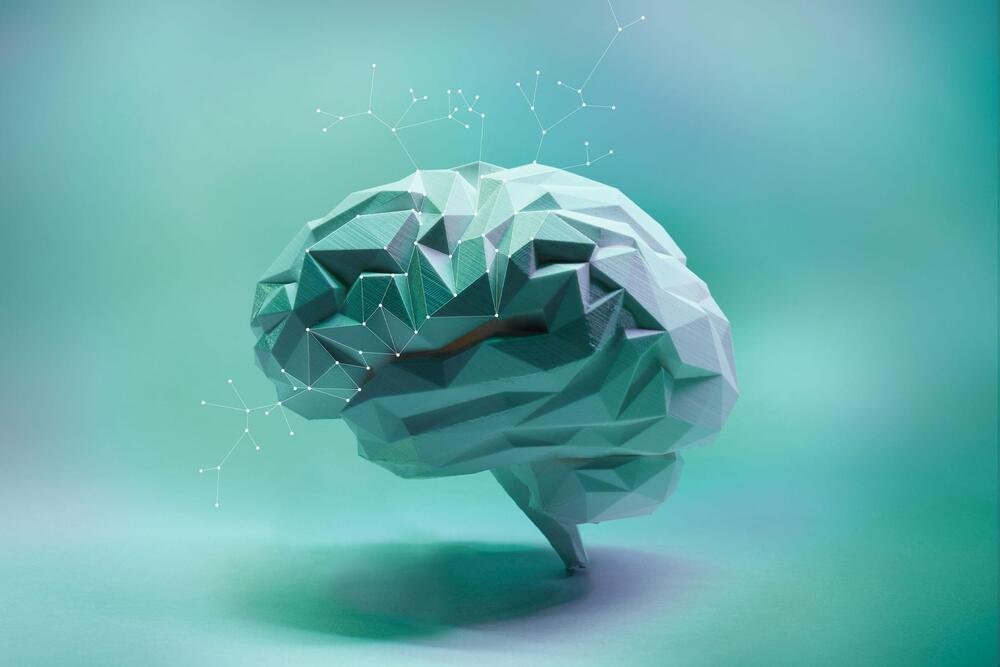

Good health depends on a healthy diet and sufficient exercise and sleep. There are clear associations among these components; for example, good nutrition provides energy for exercise, and many people report that getting enough exercise is important to their ability to get enough sleep. So how might nutrition affect sleep?
A new study looks at the connection between fruit and vegetable intake and sleep duration. The research, by a team from Finland’s University of Helsinki, National Institute for Health and Welfare, and Turku University of Applied Sciences, is published in Frontiers in Nutrition.
Why sleep is important and how it works Sleep gives our bodies the chance to rest and recover from wakeful activity. Our hearts, blood vessels, muscles, cells, immune systems, cognitive abilities, and memory-making abilities depend on regular, healthy sleep for optimal functioning, and a 2019 study suggests that sleep is important for repairing DNA damage that occurs during wakefulness.
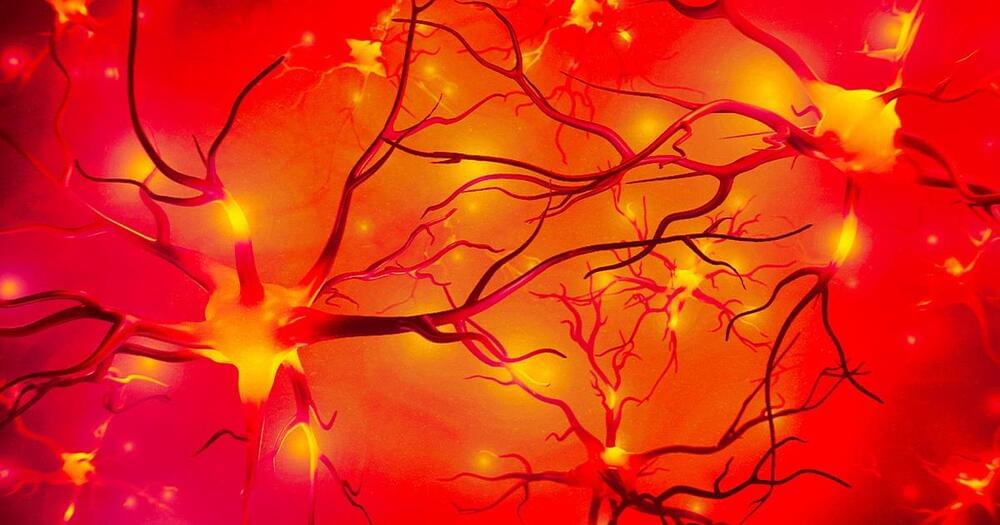
Scientists in Japan say they have reversed the signs of Alzheimer’s disease in lab mice by restoring the healthy function of synapses, critical parts of neurons that shoot chemical messages to other neurons.
The secret was developing a synthetic peptide, a small package of amino acids — a mini-protein, if you will — and injecting it up the nostrils of the mice, in an experiment they detailed in a study published in the journal Brain Research.
Needless to say, mice are very different from humans. But if the treatment successfully survives the gauntlet of clinical studies with human participants, it could potentially lead to a new treatment for Alzheimer’s disease, a tragic degenerative condition that burdens tens of millions of people around the world.

Researchers at the University of Utah Health have discovered that “time cells” in mice are crucial for learning tasks where timing is critical. These cells change their firing patterns as mice learn to distinguish between timed events, suggesting a role beyond just measuring time. This finding could help in the early detection of neurodegenerative diseases like Alzheimer’s by highlighting the importance of the medial entorhinal cortex (MEC), which is among the first brain regions affected by such diseases.
Researchers at the University of Utah Health found that “time cells” in mice adapt to learning timed tasks, a discovery that could aid early Alzheimer’s detection by monitoring changes in a key brain region.
Our perception of time is crucial to our interaction with and understanding of the world around us. Whether we’re engaging in a conversation or driving a car, we need to remember and gauge the duration of events—a complex but largely unconscious calculation running constantly beneath the surface of our thoughts.

A new approach to care may help people with cancer better manage depression, pain, and fatigue. With this approach, people may be offered weekly cognitive behavioral therapy sessions from a counselor and medicine for their symptoms.
Stepped collaborative care is an approach for managing symptoms such as depression, pain, and fatigue in people with cancer. It includes psychotherapy and medication if the symptoms are not reduced by psychotherapy alone.
A person’s symptoms are assessed every 4 weeks. If the symptoms are not in the normal range, health care providers change the frequency or type of treatment.
With a “stepped” care approach, health care providers can individualize treatment based on a person’s needs and provide support for people who require different levels of care in a cost-effective way.
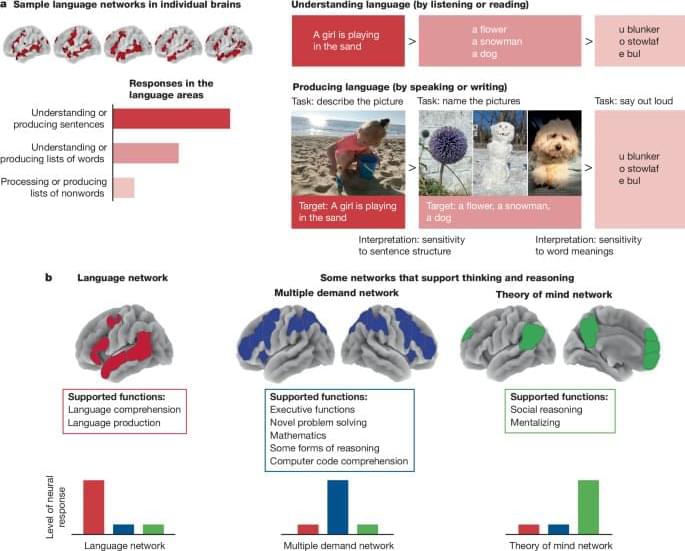
Evelina Fedorenko, Steven T. Piantadosi & Edward A. F. Gibson MIT June 2024 https://nature.com/articles/s41586-024-07522-w.
Language is a defining characteristic of our species, but the function, or functions, that it serves has…
Evidence from neuroscience and related fields suggests that language and thought processes operate in distinct networks in the human brain and that language is optimized for communication and not for complex thought.
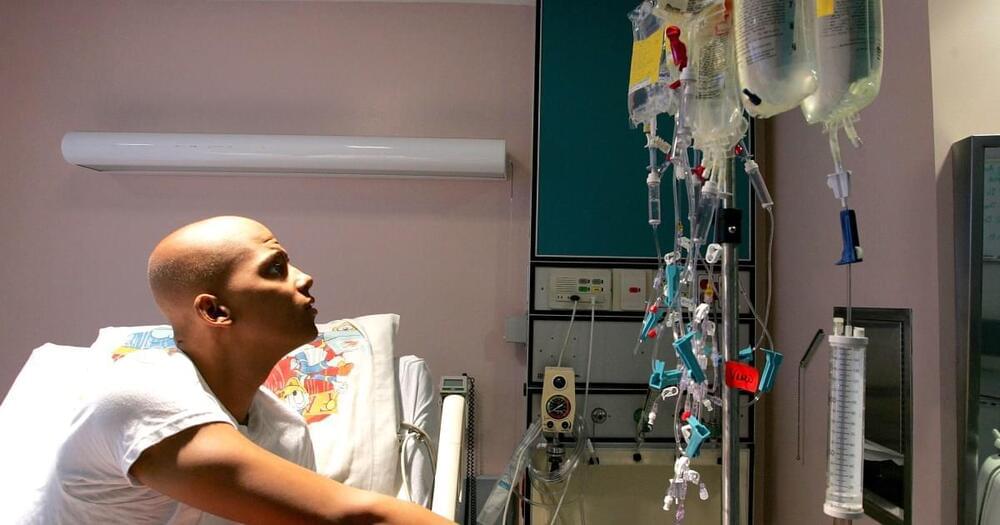
A few years ago, one of my students came to me and spoke about her mother who was undergoing treatment for breast cancer.
She said her mother was losing her memory and her bearings, and was very worried because nobody knew what to do about her symptoms. The oncologist sent her to the psychiatrist. The psychiatrist sent her back, saying that her symptoms were a result of the cancer treatment.
This experience prompted my student and me to begin studying the problem of or ‘chemofog’ – the termsused by people who have experienced memory loss or cognitive impairment following cancer treatment. Scientifically, it’s referred to as ‘cancer-related cognitive impairment’ or ‘chemotherapy-related cognitive dysfunction’
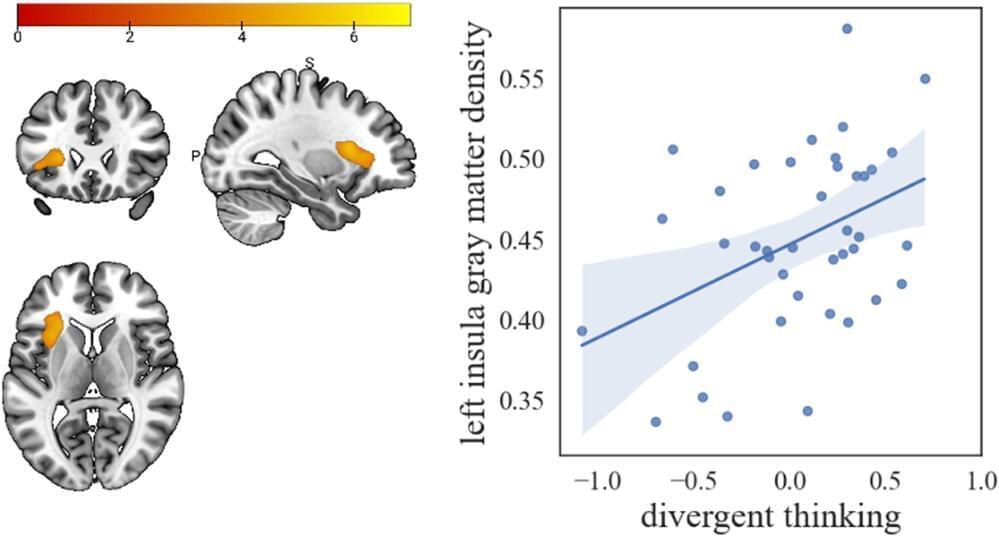
In a recent study led by the University of Liège researchers delved into the intersection of the fields of entrepreneurship and neuroscience, looking specifically at the cognitive flexibility of habitual entrepreneurs—those who repeatedly launch new businesses—compared to less experienced entrepreneurs and managers.
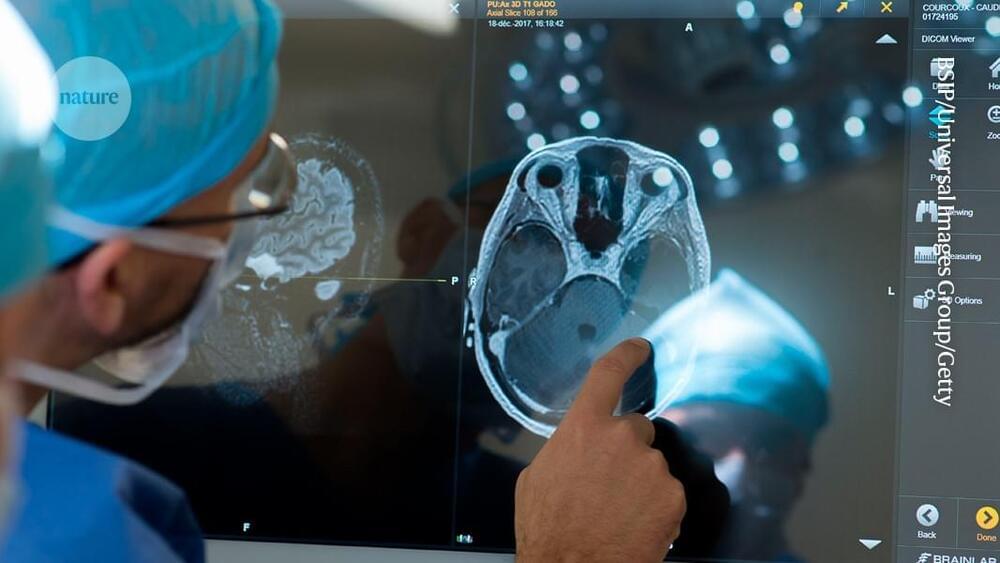
These technologies are helping researchers to explore what sets the human brain apart from those of other species, and how its cognitive abilities have evolved. For example, the role of non-invasive imaging in learning about cognitive abilities is discussed in a Perspective article by Feline Lindhout at the Medical Research Council’s Laboratory of Molecular Biology in Cambridge, UK, and her colleagues1. In another article, Evelina Fedorenko at the Massachusetts Institute of Technology in Cambridge and her colleagues also draw on this literature to argue that, in humans, language probably serves mainly as a communication tool rather than as a means for thinking or reasoning2 — and that language is not a prerequisite for complex thought.
One desirable outcome for human neuroscience would be to develop personalized treatments for neurological and psychiatric disorders, because translating the results of studies in animals has not proved successful or sufficient for generating effective therapies at scale. But in grasping these opportunities, researchers must keep in mind that the brain is different from other organs — it’s the seat of people’s memory, experiences and personality. When using the human brain — whether in small cubes removed during neurosurgery, or through 3D organoids made from stem cells and grown in cultures to resemble parts of the developing human brain — for research, scientists must consider the dignity and respect owed to the individuals concerned.
